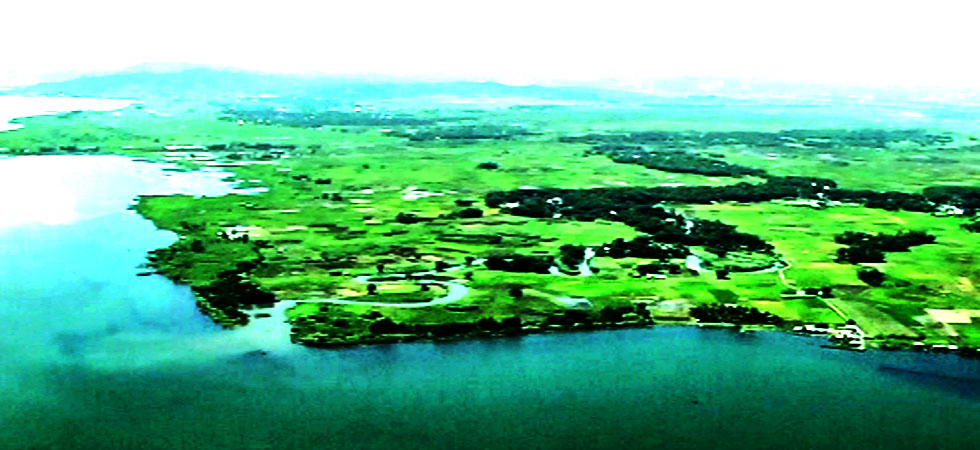History of Taraka

TARAKA got its name in perpetuation and in memory of a noble industrious strong man who lead the crusade of digging a big canal to let water upstream flow – traversing the area for the purpose of irrigating the vast land. The man had cleared and cultivated the land. He also provided water for his people to drink with and for their daily use.
Local history revealed that long before the advent of Islam in Mindanao, these areas were covered by big trees and other wild plants. It was also known with rich stories of fairy tales and myths.
During the introduction of Islam, in the province of Lanao del Sur, BAB-UL-RAHMAN (Gate of Mercy) Mosque was constructed in this municipality and became the first mosque erected in the province and the second mosque built in the Philippines which gave and enlightened Islamic education and religion in the province.
Another peculiar quality of the Municipality of Taraka is that the Royal title known as Sultan sa Masiu can only be confirmed in this Municipality and if confirmed in other places other than in the Municipality of Taraka is deemed as baseless without royal recognition.
During the commonwealth period under the district administration of the Americans, the late Sultan sa Masiu Ambor Radianggaus was the first appointed Mayor of Taraka, succeeded by Ina Ama Diangca, Gagil Maruhom, Kunug Bano, Sultan sa Dilabayan Banocag Guilla and Sultan Sumpingan Macasalong.
The legal creation of the Municipality of Taraka as a separate, distinct and independent Local Government Unit is by virtue of Executive Order No. 21 dated June 25, 1963.
After its legal existence, the first elected Mayor of the Municipality of Taraka was Macapanton Ambor, Mariga Dirampatun, Lumna Mangata Mautante, Magdara Macapasir (Acting), Malado Mansungayan (OIC), Ambung Ambor, Sarip-Ali Mambuay Ambor, Ambung Ambor and in the year 2004, a young and energetic attorney in the name of Atty. Amenodin U. Sumagayan broke the chain of political control and won the election to become the first Mayor-Attorney of Taraka and he graduated as a third termer mayor elected in National and Local Elections. In the year 2013 local elections, his wife Prof. Nashiba Areefah Gandamra-Sumagayan was elected mayor of the said municipality.
Historical Sites
BAAB UR-RAHMAN MASJID. Baab Ur-Rahman is the oldest Masjid in Lanao. It was built at Maruhom Jalalodin in Gapa-o Balindong, Taraka. This implies that the first Muslim converts were the residents of Taraka. The masjid is an important indicator of conversion, without which being Muslim would only be nominal among maritime nomads like some of the Badjaos. It is only in Taraka where every agama has a masjid that signifies a Muslim community. The agama is the basic unit of community, inged is composed of several agamas, soko is composed of severalingeds, and pangampong is composed of severalsokos.

